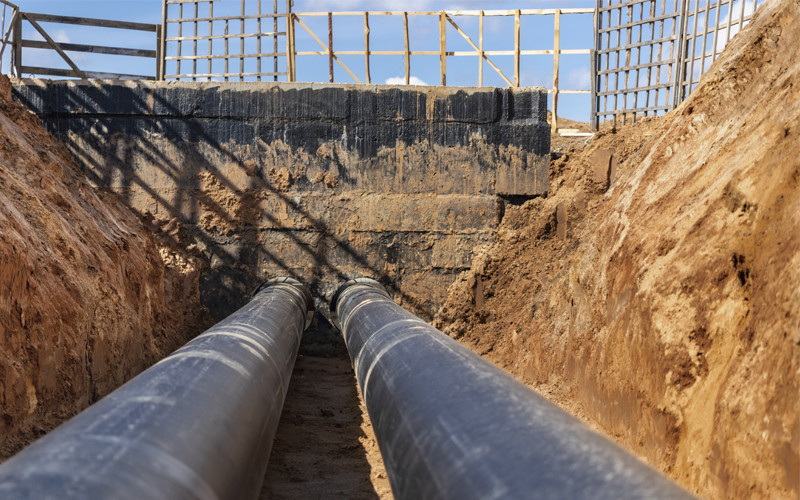Mr. Rameswar Teli has recently shared that a total of 12,206 km of natural gas pipelines are under various stages of construction. 23,173 km pipelines, out of the total 33,592 km, have become operational. The government has taken several steps to raise the share of natural gas in India’s energy basket.
Jul 28, 2023

The minister of state in ministry of petroleum or natural gas, Mr. Rameswar Teli recently shared that natural gas pipelines, with a total of 12,206 km length, are under various stages of construction. Mr. Teli shared in a written statement, “With the aim to create a national gas grid (One Nation, One Gas Grid) and increase the availability of natural gas across the country, Petroleum and Natural Gas Regulatory Board (PNGRB) has authorized about 33,592 km natural gas pipeline network across the country.” This development is taking place in line with India’s aim to increase the share of natural gas in its energy mix from 6.7% to 15% by 2030. 23,173 km pipelines, out of the total 33,592 km, are operational. The government has taken several steps to raise the share of natural gas in India’s energy basket like the expansion of national gas grid pipeline and the CGD network, setting up of LNG terminals, and allocation of domestic gas to compressed natural gas and piped natural gas.
Also Read: India, Sri Lanka Sign Five Bilateral Agreement to Enhance Economic Connectivity with Sea, Air, Pipeline Projects
Mr. Teli shared that the government has also allowed marketing and pricing freedom with a ceiling price to gas produced from high pressure and high temperature areas, deep water and ultra-deep water and from coal seams, SATAT initiatives to promote bio-CNG, among others. Furthermore, PNGRB Chairman, Mr. Anil Jain has also recently shared that India must be prepared for an imported gas-based regime as the country imports around half of its natural gas requirement. India has consumed 60 billion standard cubic meters of natural gas in FY23. The regulator implemented a unified tariff on April 1, 2023 for the interconnected natural gas pipelines with an objective of ‘One Nation, One Grid and One Tariff’. Entity level integrated natural gas pipeline tariff was introduced in the regulations. Further, the number of unified tariff zones have been increased from two to three.










